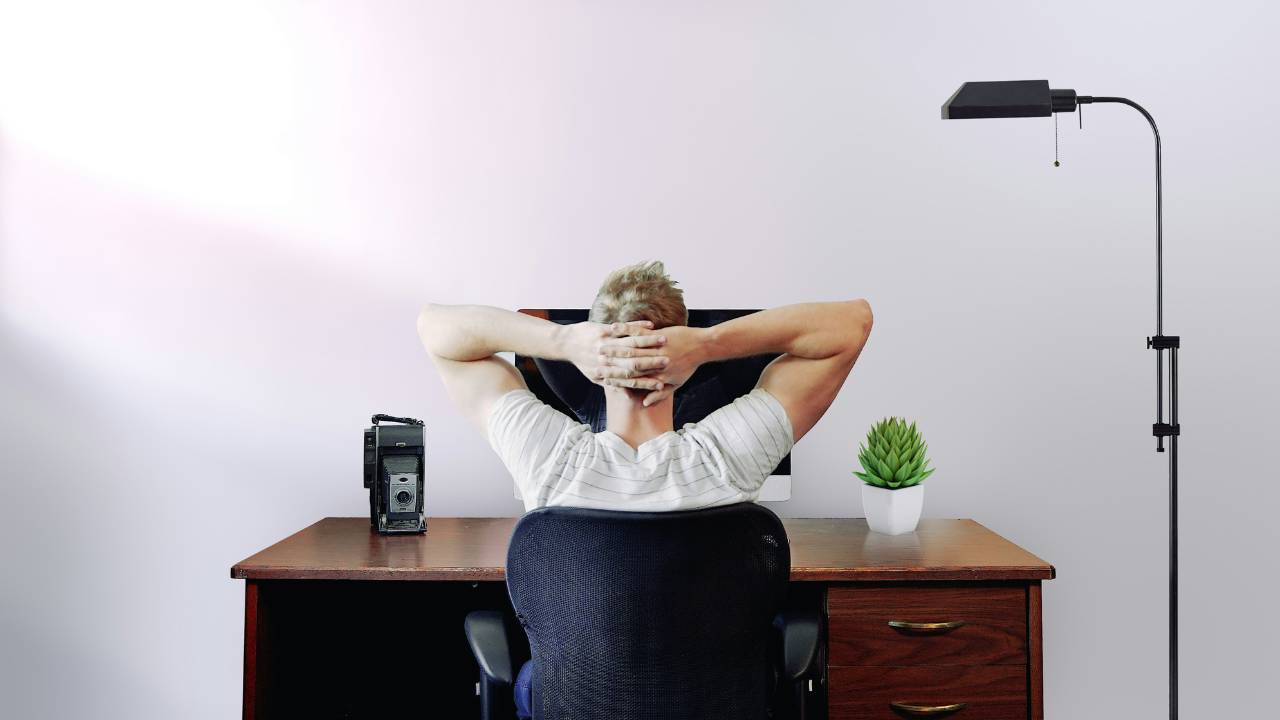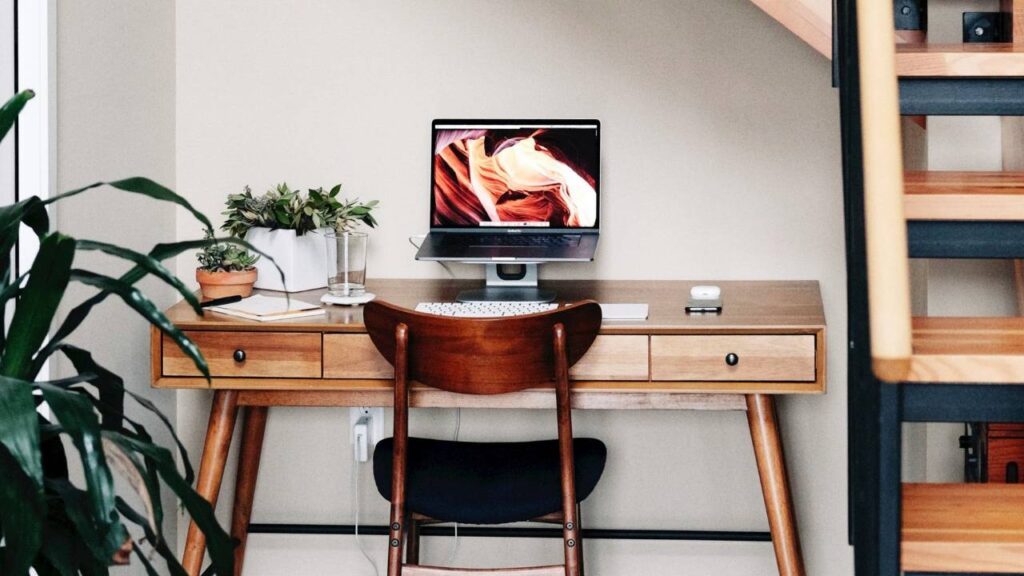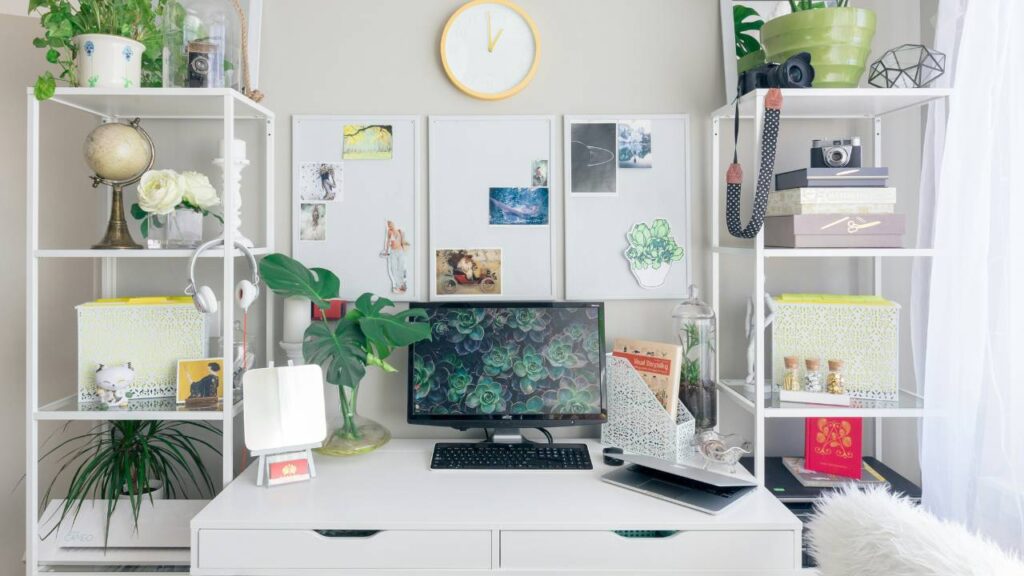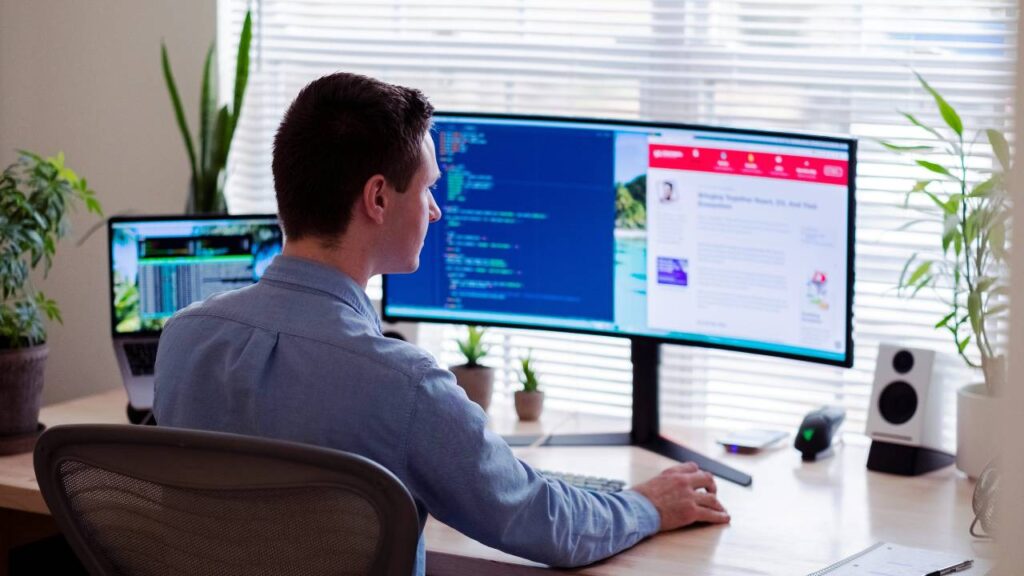
Maximising the utility of a limited office space is an essential challenge many businesses face. With property costs soaring, ensuring that every square metre is used efficiently can make a significant difference to your work environment and productivity. Making the most out of a restricted area involves more than just arranging furniture; it requires creativity and strategic planning.
In a compact office, the arrangement of your workspace directly affects functionality and flow. While you want to maintain a professional atmosphere, it’s important to adopt clever design strategies that can help reduce clutter and create a sense of spaciousness. Prioritising multipurpose furniture, smart storage solutions, and appropriate lighting can transform your office into a seemingly larger and more inviting space.
Remember, a well-organised office boosts morale and encourages efficiency among your team. By incorporating thoughtful touches and optimising your office layout, you can create a vibrant and dynamic workspace despite the size limitations. Through intelligent choices and a touch of innovation, your limited office space can become one of the most productive areas of your business.
Evaluating Your Space
In this section, we’ll focus on how to assess your office area efficiently and identify strategies for utilising every available square metre.
Identifying Your Needs
To begin, consider what your small home office or workspace must accomplish for you. Ascertain which tasks are essential and list them. For a nook or alcove that serves as your office, clarity on the function it needs to serve is fundamental. Perhaps you require space for a computer, an area for writing, or storage for office supplies. Once you have these points mapped out, you can move on to making the most of your space.
Maximising Square Footage
Look at your office space critically. Even a tiny corner office or a section under the staircase can be transformed into a highly functional area with a little bit of space expansion. Here are a few practical tips:
- Go Vertical: Utilise wall space for shelves or cabinets, which provide storage without encroaching on the floor area.
- Choose Furniture Wisely: Opt for multi-functional furniture such as a desk with built-in drawers or a fold-down work surface that can be tucked away when not in use.
- Use Light and Mirrors: Both can create the illusion of a larger space. Light colours make a room feel more open, and mirrors reflect light and the view, giving a sense of depth.
- Keep Organised: In a confined space, clutter is your enemy. Regularly declutter and organise your supplies to maintain a sense of openness and efficiency in your workspace.
Furniture and Layout

When you’re aiming to make the most of your limited office space, selecting adaptable furniture and an effective layout is crucial. Ensure everything you choose serves a purpose and fits comfortably in the available area.
Choosing Functional Furniture
Your choice of furniture can dramatically influence how spacious your office feels. Opt for functional pieces that offer flexibility, like a convertible desk that can be adjusted for standing or sitting, or nesting tables that can be tucked away when not in use. The key is to find furniture that can perform multiple functions, conserving space without sacrificing utility.
Implementing Smart Storage Solutions
Savvy storage options can help keep your workspace orderly and open. Consider installing floating shelves above your desk to clear valuable desk space, or a tall bookcase which utilises vertical space more effectively than horizontal surfaces. A customised pegboard wall organiser allows you to hang files, shelves, and even small plants, adapting to your needs without consuming floor space.
Optimising Desk Placement
Your desk placement is pivotal for creating a sense of flow in your limited office layout. Place your desk in a location that maximises natural light and minimises foot traffic. Ideally, it should face towards the room’s entrance to avoid feeling cramped. If you’re in a corner, orienting your desk diagonally can often give you access to more space and create a dynamic, spacious aesthetic.
Enhancing Productivity
To elevate your productivity within a limited office space, it’s essential to optimise the environment by utilising natural light, maintaining a clutter-free area, and integrating effective technology.
Boosting Natural Light
Natural light can dramatically improve your workspace. A study by the American Academy of Sleep Medicine suggests that exposure to sunlight can enhance your alertness and sleep quality. If your office lacks windows, consider a conservatory from Shomera Ireland to provide quality lighting that can boost your productivity.
Maintaining a Clutter-Free Environment
A tidy workspace is a productive workspace. Reduce clutter by utilising desk organisers and embracing cable management solutions to keep your work area orderly. Additionally, desk options that offer built-in storage can be both functional and space-saving.
Incorporating Technology for Efficiency
Leverage modern technology to streamline your workflow. A wireless trackball eliminates the need for a mouse pad, freeing up desk space. Utilise cloud storage for easy access to files without the need for physical storage units. Effective use of technology can significantly enhance your office productivity.
Aesthetic and Ambience

Creating a pleasant aesthetic and ambience in your office space can significantly enhance your work environment. The right blend of natural elements, colour scheme, and quality fixtures can transform a limited space into a productive and enjoyable setting.
Integrating Natural Elements
Light: Maximise the use of natural light by positioning desks and seating areas near windows. It not only uplifts the mood but also makes the space feel larger. If natural light is scarce, consider warm artificial lighting to mimic daylight. Include indoor plants to bring a sense of vitality and movement into the room. They improve air quality and add a refreshing touch to your office.
Mirrors: Strategically placed mirrors can reflect light and create the illusion of depth, making your office appear more spacious.
Applying Colour and Decor
Colour: Choose a colour palette that promotes concentration and comfort. For example, soft blues or greens evoke calmness, while pastels can make the space feel open and airy. Accent walls or colourful accessories can add personality without overwhelming the space.
Decor: Incorporate decor that aligns with the office’s functionality while contributing to a cohesive aesthetic. Use wall art or decorative fixtures to inject character, and opt for smart storage solutions that reduce clutter.
Investing in Quality Fixtures
Fixtures: Invest in furniture and fixtures that are not only visually appealing but also ergonomically designed for comfort and efficiency. Consider adjustable desks and chairs that support posture.
Space Planning: Use space-saving fixtures that can be easily moved or multipurpose designs that serve various needs. This flexibility in your furniture arrangement can accommodate different working styles and tasks.
Remote Work Adaptations
When making the most of limited office space, particularly for remote work, your focus should be on creating a versatile environment that maintains a balance of comfort and professionalism.
Creating a Multi-Use Space
A key strategy is designating areas of your home that can serve multiple functions. For example, a dining table can metamorphose into a spacious desk during your working hours. Ensure that you can easily stow away work-related paraphernalia such as laptop, stationery, and files at the end of your workday to reclaim the space for its original purpose.
Introducing a small, foldable desk in a corner of your living room is another option, particularly if the majority of your day doesn’t require a large working surface. This can be easily stored away or moved to the side when not in employment. Alternatively, a couch can double as a casual sitting area and a semi-formal office nook when paired with a lap desk.
Ensuring Privacy for Remote Work
In a small office space, maintaining privacy while working from home can be challenging but not impossible. Start by finding a spot that’s somewhat secluded from high traffic areas in your home. You might place a room divider or a bookshelf around your home office area to signal a boundary and lessen visual distractions.
If you’re conscious about audio privacy, especially during calls or virtual meetings, consider acquiring a set of noise-cancelling headphones. These can help block out household sounds and keep your professional conversations confidential. Coupling this with a white noise machine or a fan could further mask external noise, preserving the serenity of your workspace.
Fostering Growth and Collaboration

Maximising your office space is crucial for nurturing growth and promoting collaboration among your team members. Thoughtful design and an environment that breeds creativity can transform even the smallest space into a hub of productivity.
Designing for Team Interactions
In designing your office layout, consider using dividers that can be easily moved or reconfigured. This flexible approach allows you to create meeting areas that encourage open communication and idea sharing. A whiteboard should be a focal point where your team can visually express their thoughts and map out concepts together.
Encouraging Creativity
Your office should be arranged to inspire creativity at every turn. Ensure there are spaces that allow team members to retreat for individual brainstorming. Incorporating elements such as colourful art, or areas with varied seating options, can stimulate creative thinking and lead to innovative ideas. A culture that values creativity is usually one that sees substantial growth.